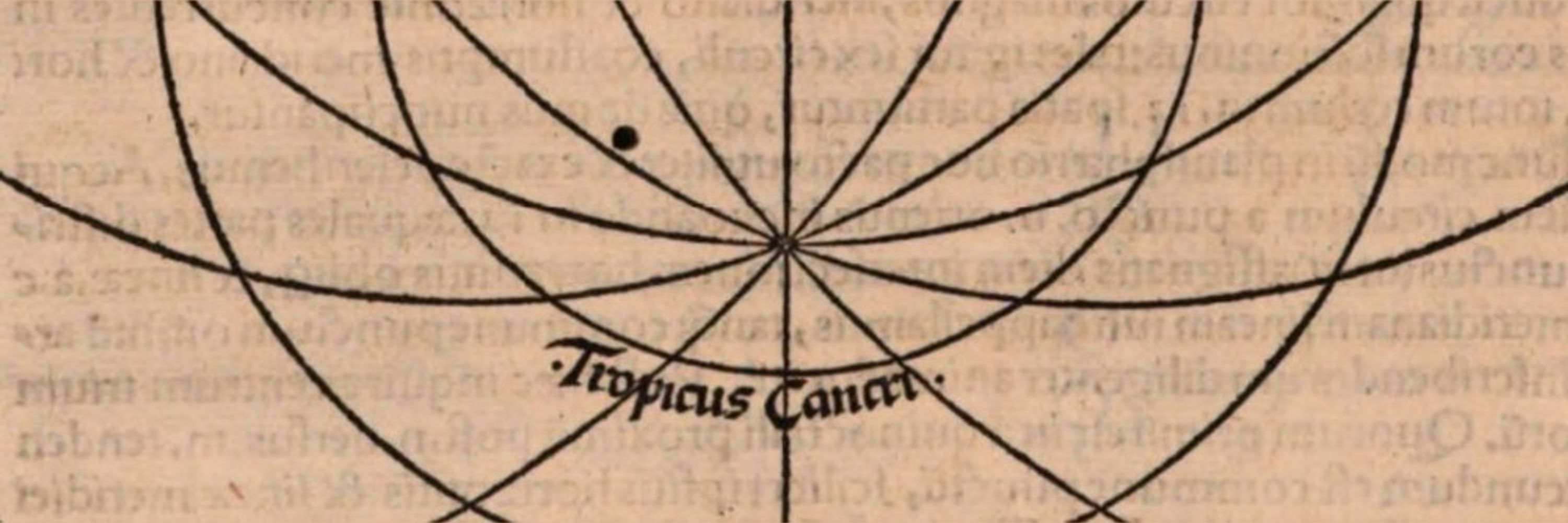

(4/4)

(4/4)
(3/4)

(3/4)
(2/4)

(2/4)
#Hebrew #medieval #astronomy #tables
#Manchester
(1/4)

#Hebrew #medieval #astronomy #tables
#Manchester
(1/4)












1/2

1/2
3/3
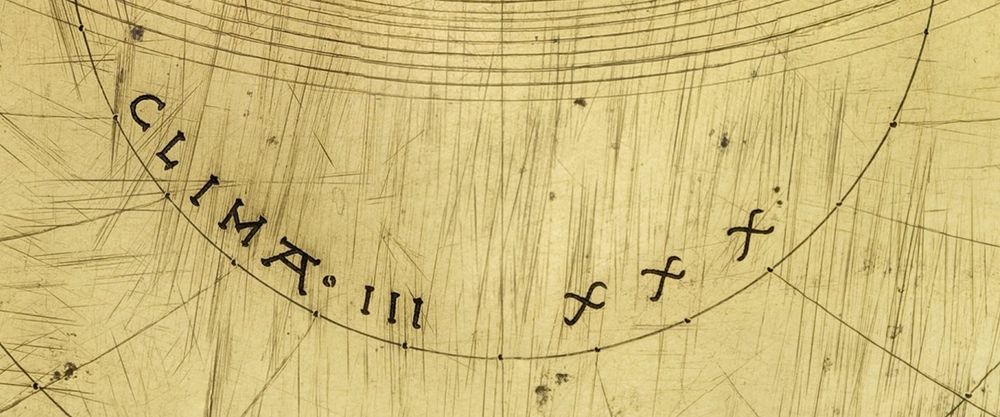
3/3
2/3
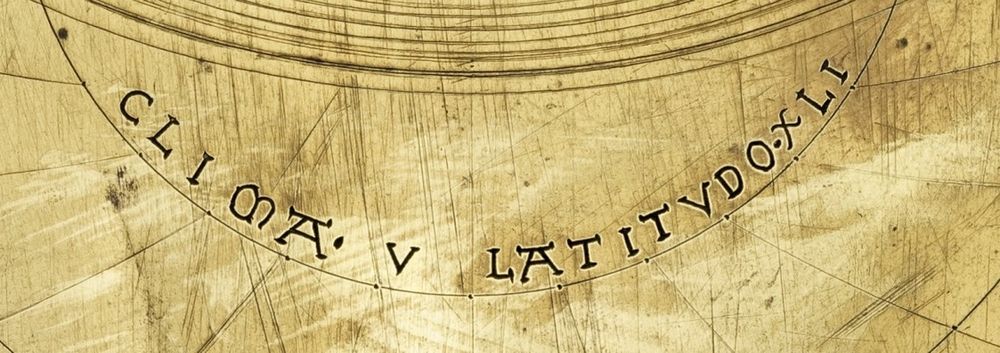
2/3
1/3
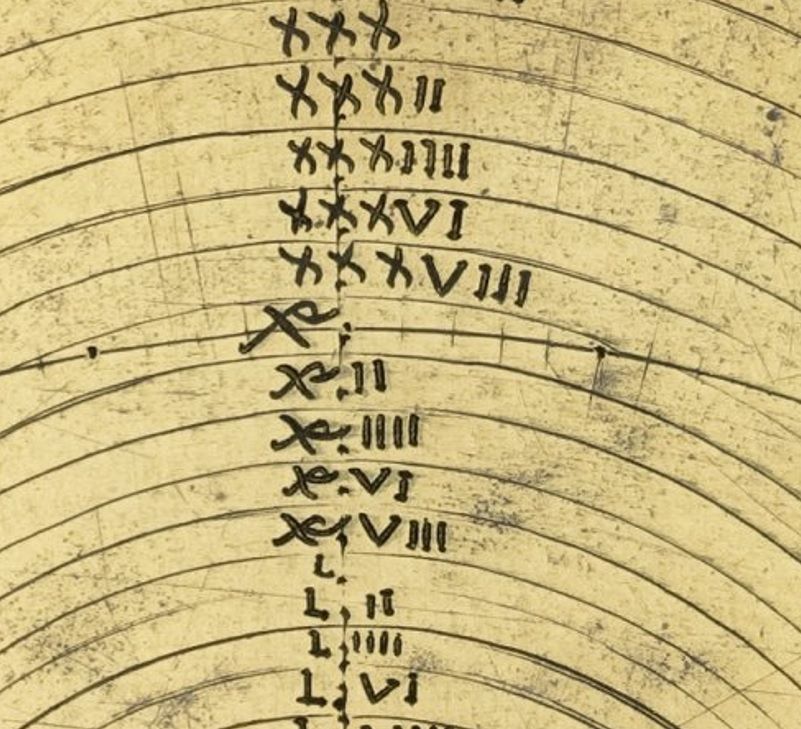
1/3
3/3
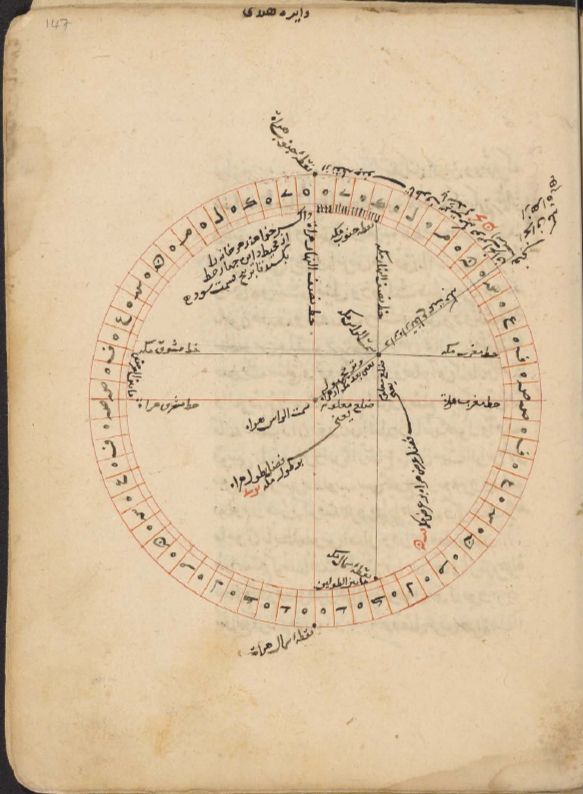
3/3
2/3
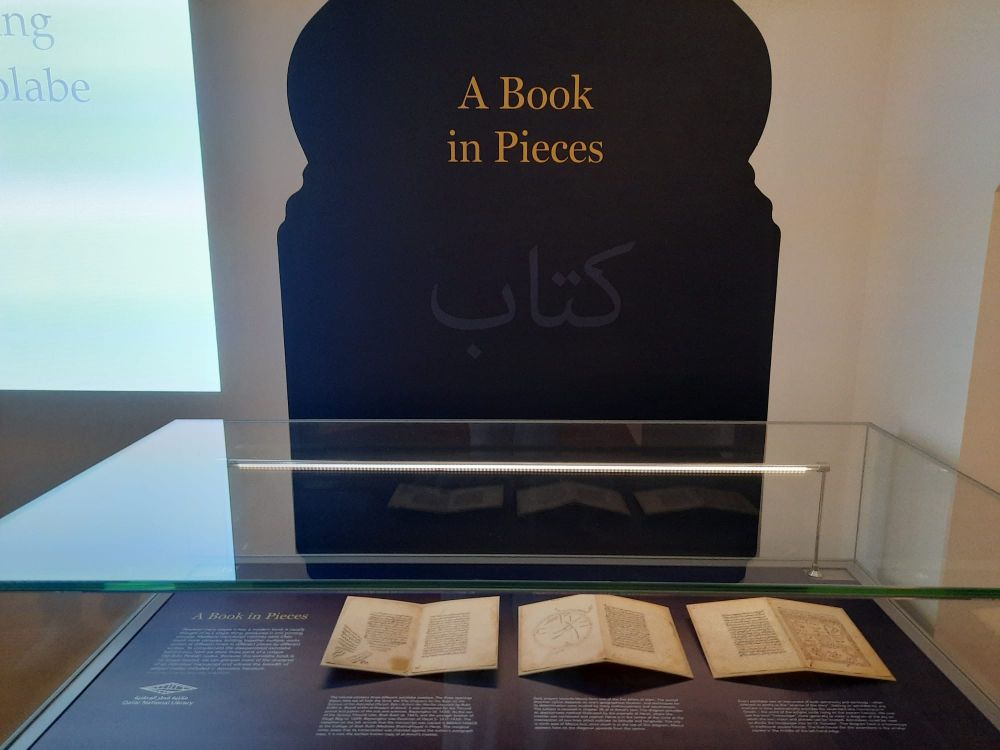
2/3
1/3

1/3


